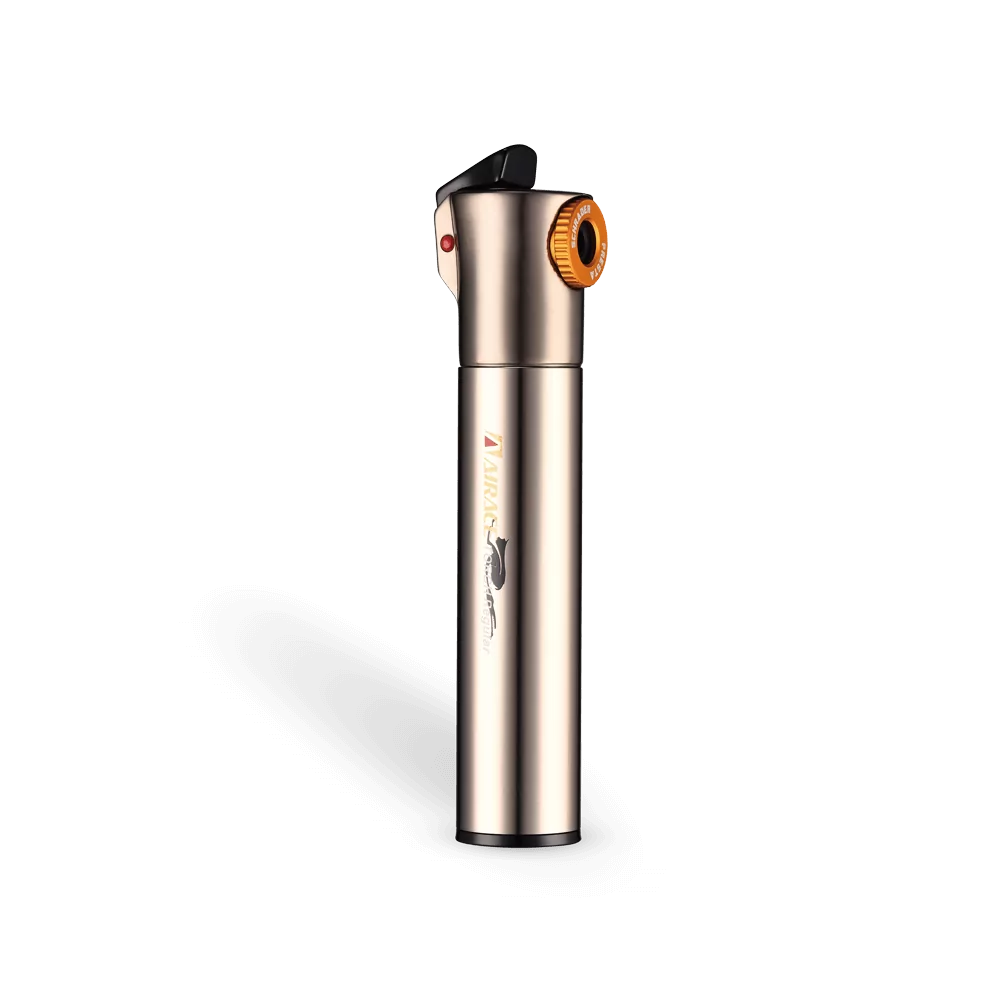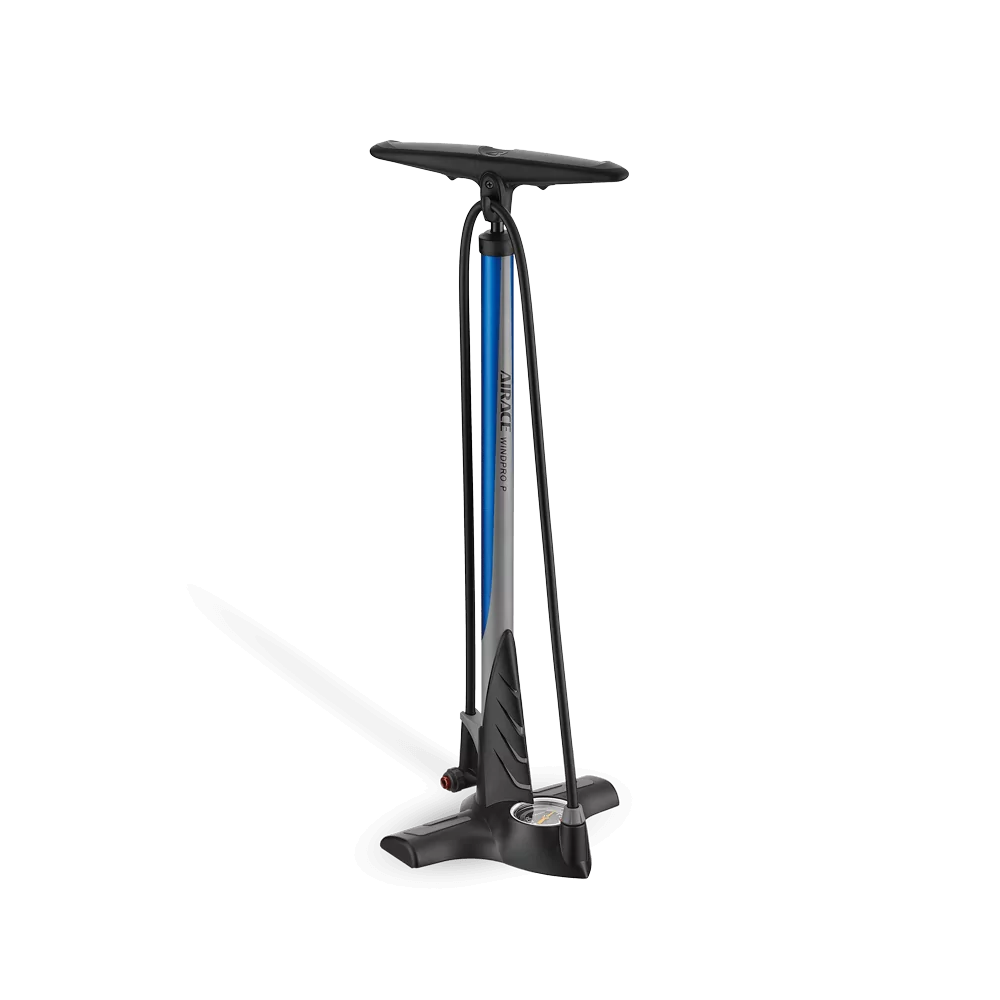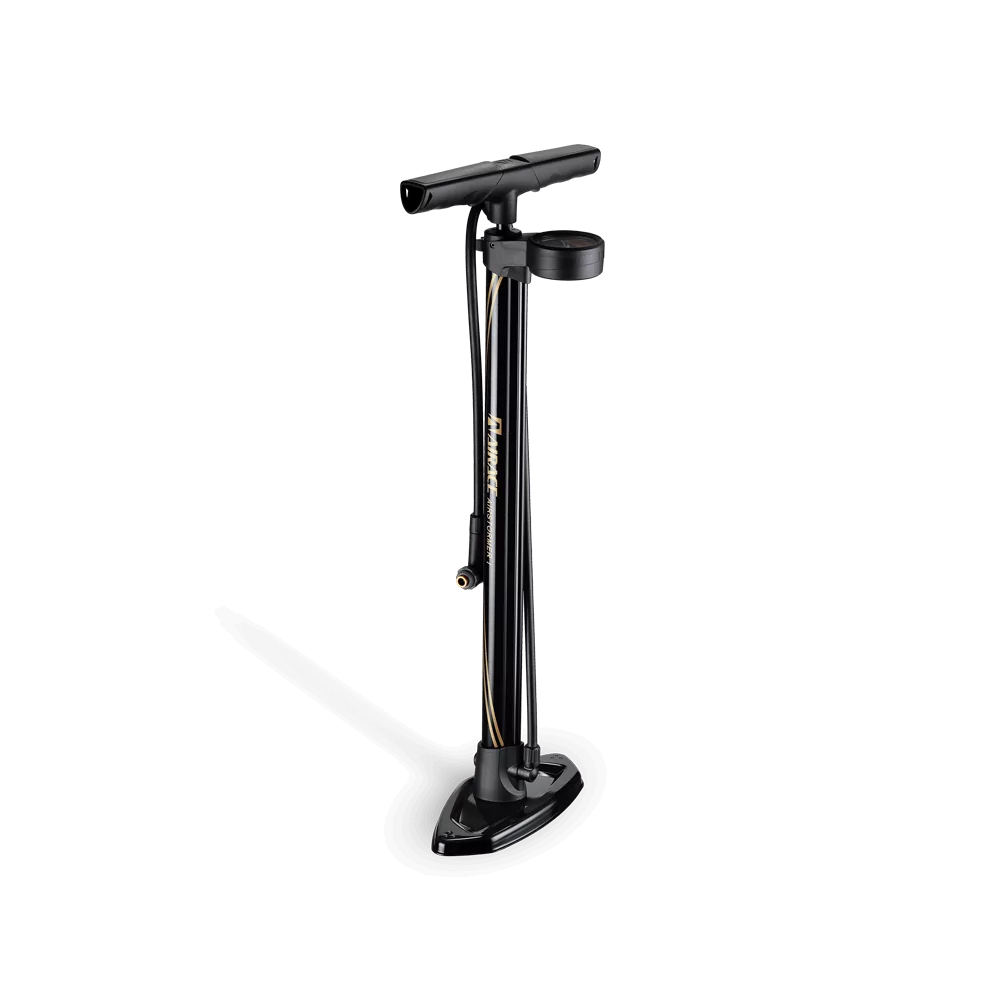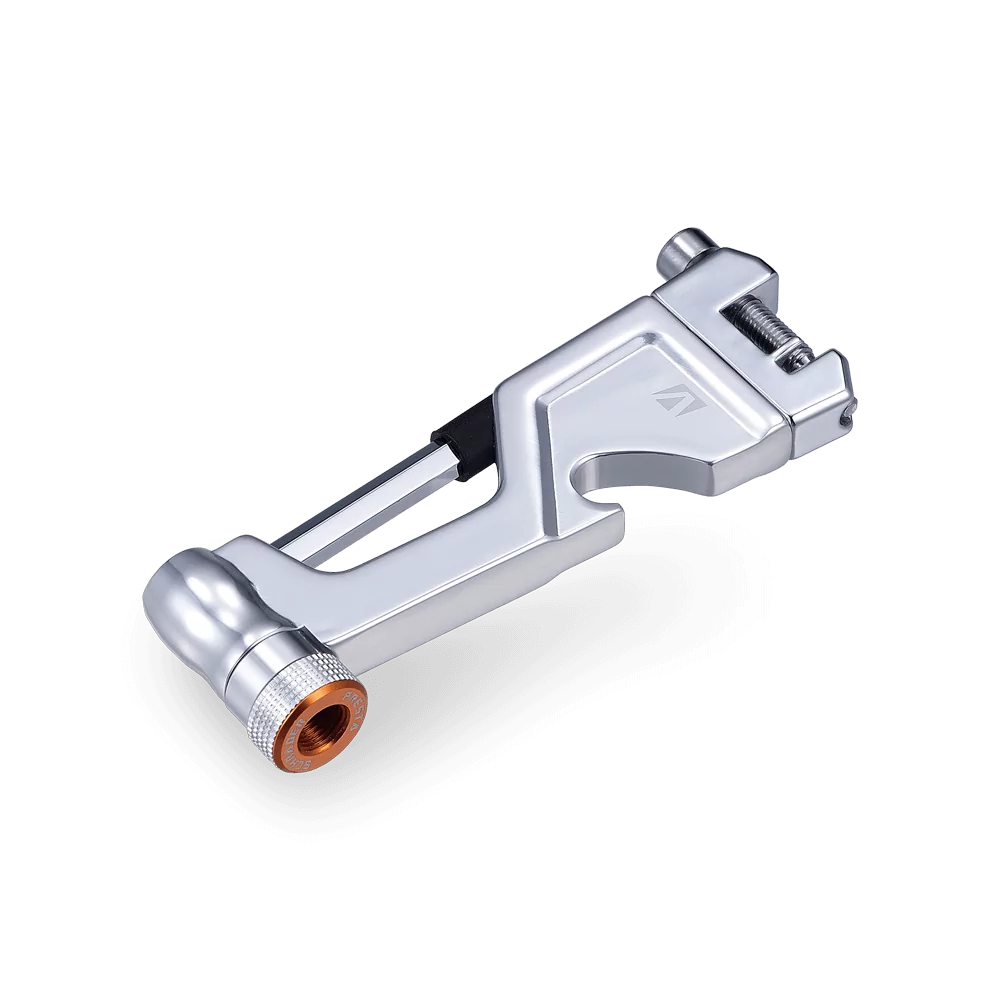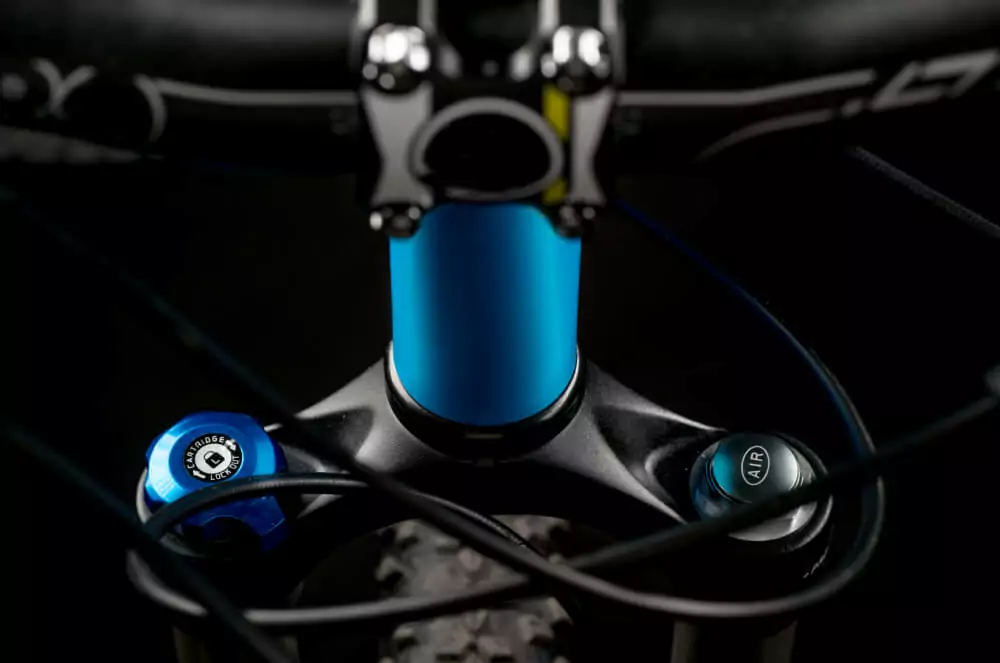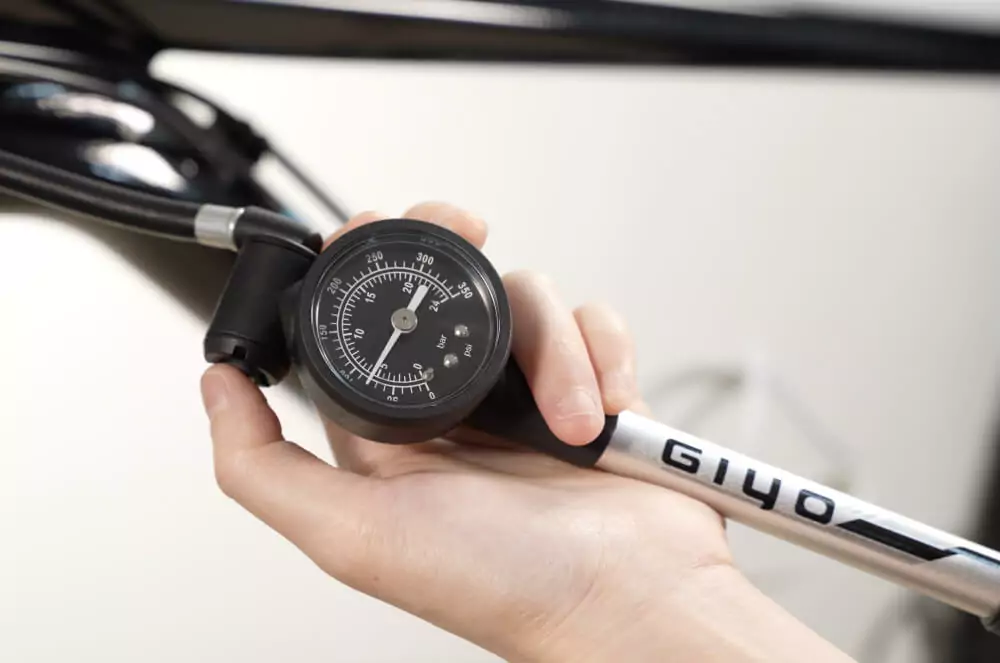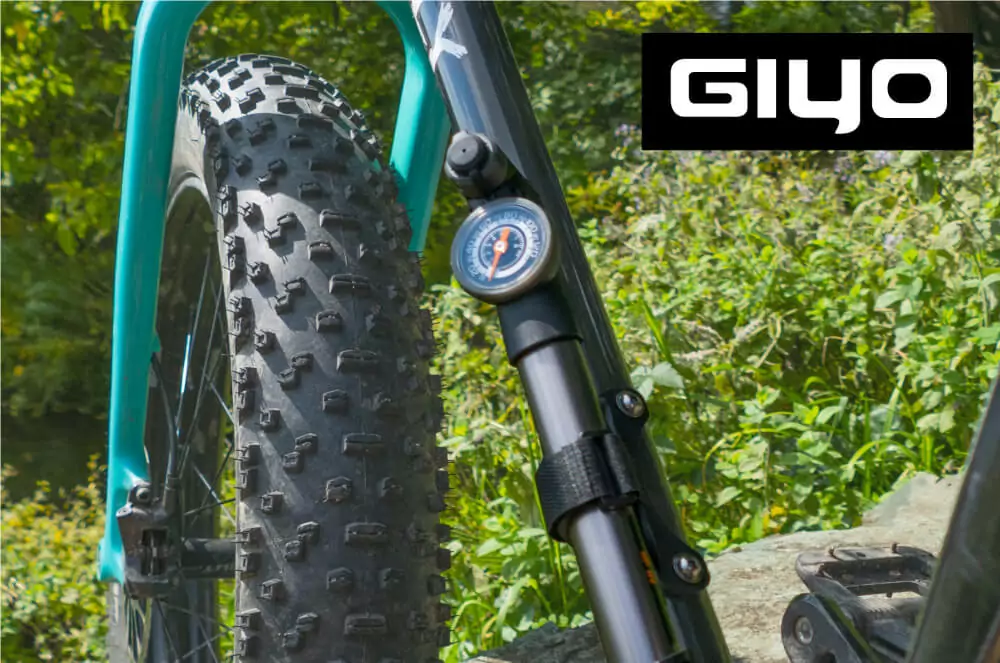Mountain biking enthusiasts understand the crucial role that MTB shock pumps play in the biking experience. As an essential component for mountain bikers, selecting the right MTB shock pump is imperative. We delve into the intricate details and features that one should consider before making an informed decision.
1. The Gauge: Your Precise Measure
The gauge is your roadmap to setting the exact pressure required for a comfortable and efficient ride. While the sag measurement, which calculates how much the suspension compresses with just the rider’s weight, is pivotal, knowing the air pressure required to achieve this sag is equally crucial.
When considering a gauge:
- Visibility: Opt for gauges that are easy to read. Minute needles and print can introduce errors.
- Consistency: Shock pumps tend to differ in their accuracy, mostly ranging between 3-5%. Consistency is key, so use the same pump repeatedly for consistent results.
2. The Body: Durability and Comfort
The body of the pump is its backbone. A pump needs to be:
- Durable: Look for materials that ensure longevity. Aluminum stands out as the top choice due to its durability, light weight, and resistance to corrosion.
- Ergonomic: A comfortable grip makes the pumping process effortless.
Do You Need a Special Pump for Bike Shocks?
When adjusting or setting up the suspension on your bicycle, a dedicated shock pump is indispensable. Unlike standard tire pumps, shock pumps are designed specifically for high-pressure, low-volume air systems found in mountain bike shocks and forks. They allow for precise adjustments and ensure that your suspension is operating at optimal levels for both comfort and performance. Therefore, if you own a bike with an air suspension system, investing in a specialized shock pump is crucial to maintain the correct pressure and get the best out of your ride
3. Handle: The Power Lever
High pressures demand a handle that allows you to exert force comfortably. Factors to keep in mind include:
- Size and Grip: A larger handle offers a more substantial grip, allowing for efficient pumping.
- Cushioning: Ensure the handle is cushioned for comfort.

4. Hose: The Flexible Conduit
The hose in an MTB shock pump, often referred to as the “air hose”, plays a pivotal role in directing air from the pump to the suspension. Considerations include:
Flexibility and Length: An ideal hose adjusts with the valve, permitting you to pump from various angles. Ensure the hose is long enough for comfortable pumping.
- Quality: Not all hoses are made equal. Investing in a high-quality, flexible hose might be beneficial.
- Pressure: For pumps with pressures over 300 PSI a braided fabric hose is recommended as this is designed to safely handle the higher pressures without danger of a blowout.
5. Head: The Connection Point
The head of the pump serves as the connection to the suspension. Key features are:
- Flexibility: A 360-degree rotating head ensures easy connection.
- Zero Loss: Opt for pumps where there’s no air loss during the pumping process.
6. Valve Head: Ensuring Tight Connections
Most shock pumps utilize the Schrader valve, akin to those found in cars. A few brands, like Birzman, Synchros, Topeak, and DT Swiss, offer ‘no loss’ valves, ensuring no air escapes.
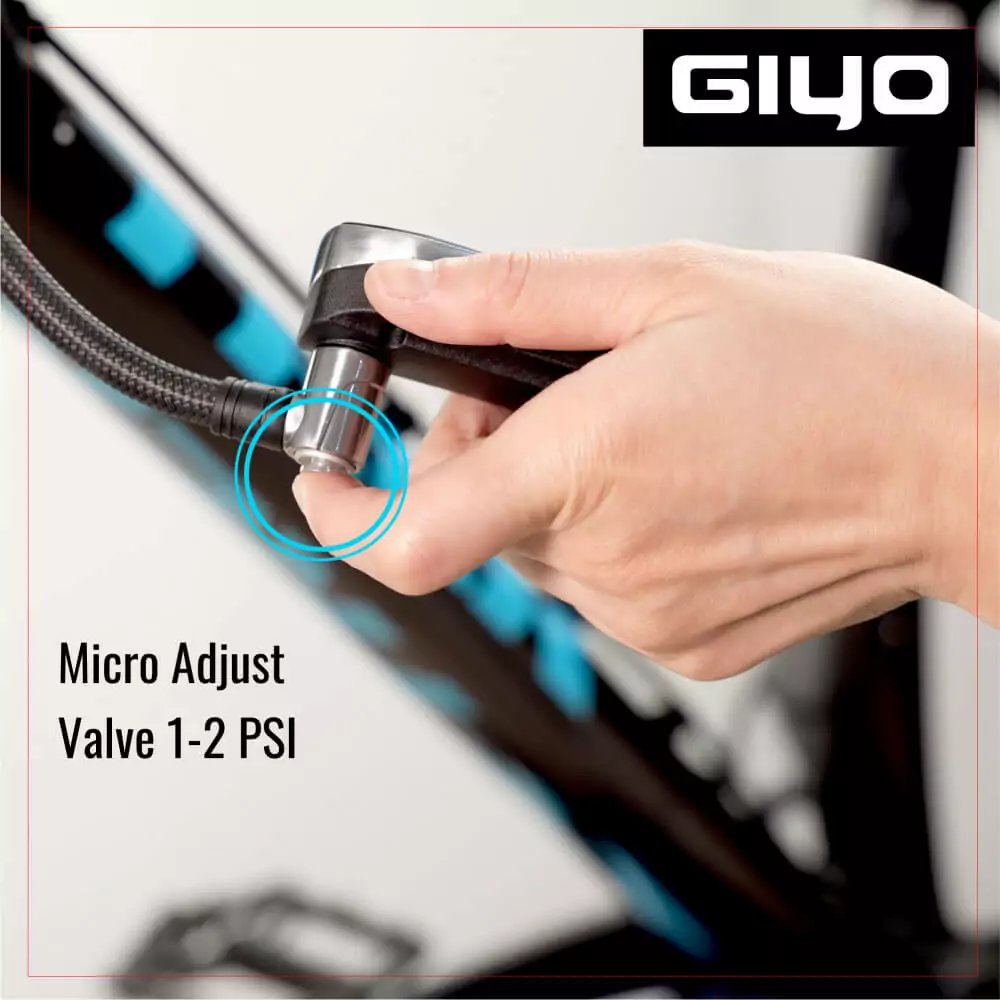
7. Bleed Valve: Fine-tuning Your Ride
A bleed valve lets you release excess air, perfecting your suspension setup. Key points to remember:
- Functionality: Look for pumps with a straightforward burst-release mechanism.
- Terminology: Also known as a micro or mini bleed valve, this feature is indispensable for tuning and balancing air shock suspensions.
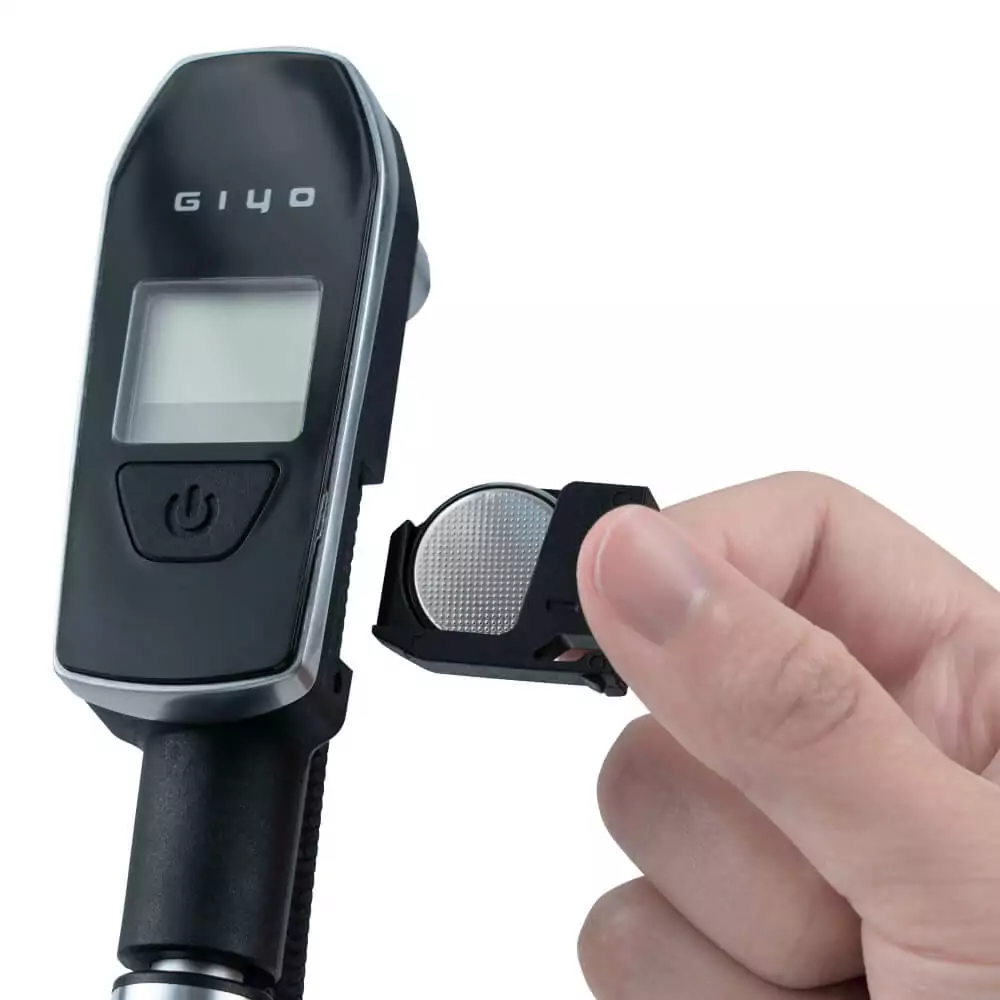
8. Display: Analog vs. Digital
The market offers two primary types of shock pumps – analog and digital. They both provide the same functionality but there are a few differences that you could consider.
- Analog Display: Analog displays provide easy to read and reliable measurements that will not be affected by extreme cold or shocks as easily as digital displays and these are the choice for most riders.
- Digital Display: They offer more accurate measurements, with expansive displays showcasing battery life and air pressure. The ease of switching between PSI and Bar is a bonus and the digital gauges tend to be a little smaller than the analog ones making them more portable.
9. What Pressure Do I Need for My Shock Pump?
The optimal pressure rating for your shock pump hinges largely on the type of suspension you wish to maintain.
Front Suspension Only:
If your primary concern lies in maintaining just the front suspension, then a shock pump with a rating of 300 PSI is adequate. This ensures that you can adjust and fine-tune the front fork suspension to achieve the desired sag and rebound settings.
Both Front and Rear Suspension:
However, for riders aiming to maintain both the front and rear suspensions, a pump with a 600 PSI rating is recommended. The rear shock, especially in full suspension mountain bikes, often requires a higher pressure than the front fork. Thus, a higher PSI rating ensures you can cater to both suspension systems with ease. The pumps from GIYO with the higher pressure rating are also TURBO pumps that allow you to pump up to the desired pressure more rapidly due to the unique cylinder design within the pump.
Reading Recommendations:
It’s worth noting that specific pressure recommendations can often be found printed on the shock itself. If such details are missing, starting with a baseline of 100 PSI and adjusting based on ride feel and sag measurements is a general approach.
Mountain bike shock pumps are not just tools; they are instrumental in defining your mountain biking experience. Ensuring your suspension is tuned and balanced provides an unparalleled comfort on rugged terrains. By paying heed to the above factors, you can ensure you select a shock pump that stands the test of time and delivers performance par excellence.
Our MTB Shock Pumps
GIYO has a range of shock pumps now available in our Amazon store that will cover all of your needs. All of our pumps are designed in house by us and made in our factory in Taiwan. Please check the links below to see the pumps we offer at the moment:
